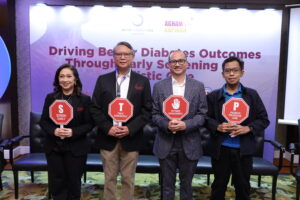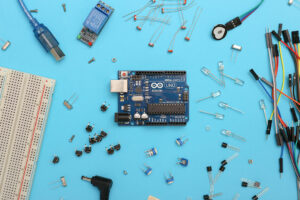An advocacy group on Friday said that the increasing cases of type 2 diabetes among young patients can be curbed through early screening and healthier habits in schools.
“Type 2 diabetes in the young is also increasing because of obesity and unhealthy lifestyle,” Diabetes Philippines Vice President Nines P. Bautista told BusinessWorld in an interview.
“What the school should do is incorporate lifestyle and exercise,” he added.
According to the Philippine College of Endocrinology Diabetes and Metabolism, type 2 diabetes mellitus (T2DM) is a “chronic, metabolic disorder that presents with hyperglycemia,” or a condition where sugar levels in the blood are elevated.
It added that patients with T2DM often only discover that they have the disease during a routine laboratory examination because of the lack of bothersome symptoms.
According to the International Diabetes Foundation (IDF), 589 million people globally had diabetes in 2024. Of which, 4,726,300 or 7.5% of Filipinos aged 20 to 79 years old are living with the disease, while 2.8 million remain undiagnosed.
“What makes this pandemic particularly alarming is that most of them do not know that they have diabetes,” Diabetes Philippines President Fatima I. Tiu said in a media event.
“Many individuals discover their condition only after a serious complication,” she added, underscoring other health issues like heart attack, stroke, and blurred vision.
The disease is caused by several factors, such as urbanization, sedentary lifestyle, unhealthy habits, limited access to preventive care, and widening health inequities, said Ms. Tiu.
As more Filipinos remain undiagnosed, she underscored that this is a “silent crisis” in the country.
“Early screening is one of our most powerful tools,” she said. “If we know the risk of the disease early, we will be able to intervene earlier, preventing complications, protecting quality of life, and reducing the burden on the families and our healthcare system.”
Apart from early screening, the group also encourages schools to push for a better learning environment through daily exercise and proper meals.
“Before when I was young, every morning we do exercise before we go to class, but it’s different now. There are so many classes,” Mr. Bautista said.
“What we do is we go to some schools to teach the students together with the teachers, and the canteen owners because we want to serve (the) right food to those kids,” he added.
Data from the IDF revealed that diabetes cases in the Western-Pacific region are estimated to reach 254 million by 2050. — Almira Louise S. Martinez


















